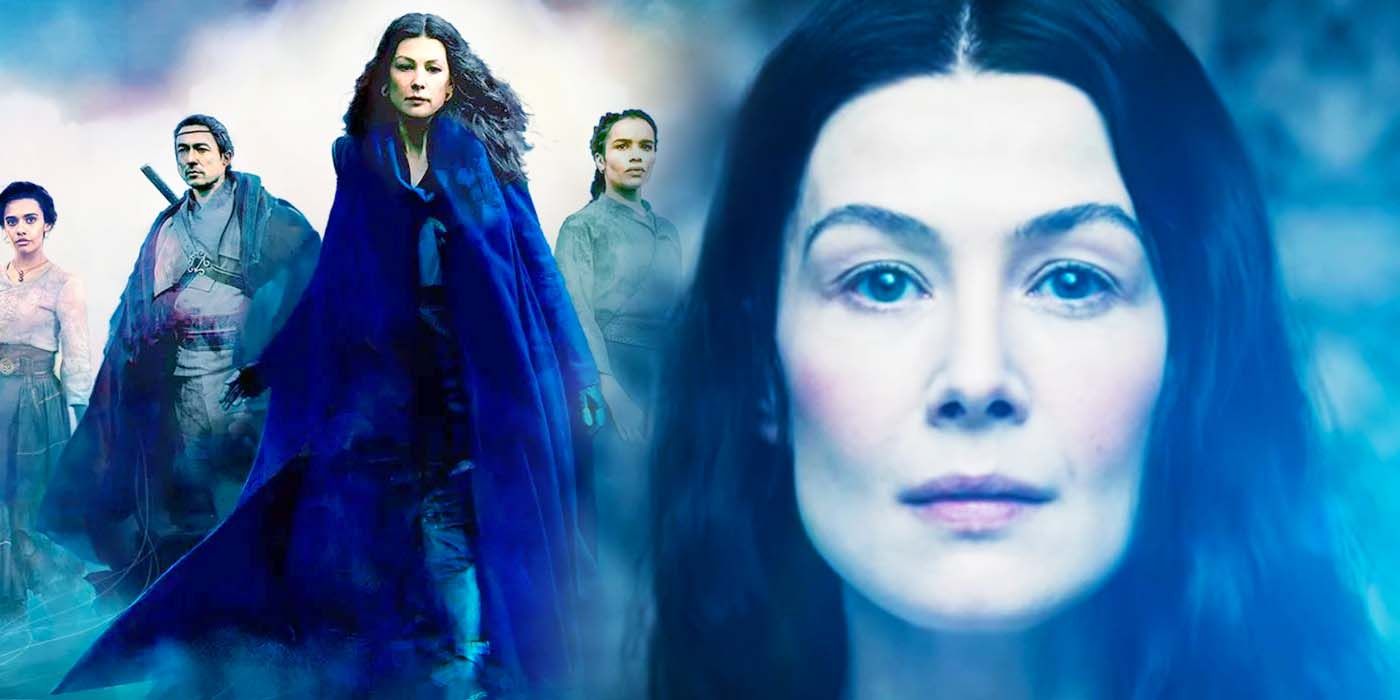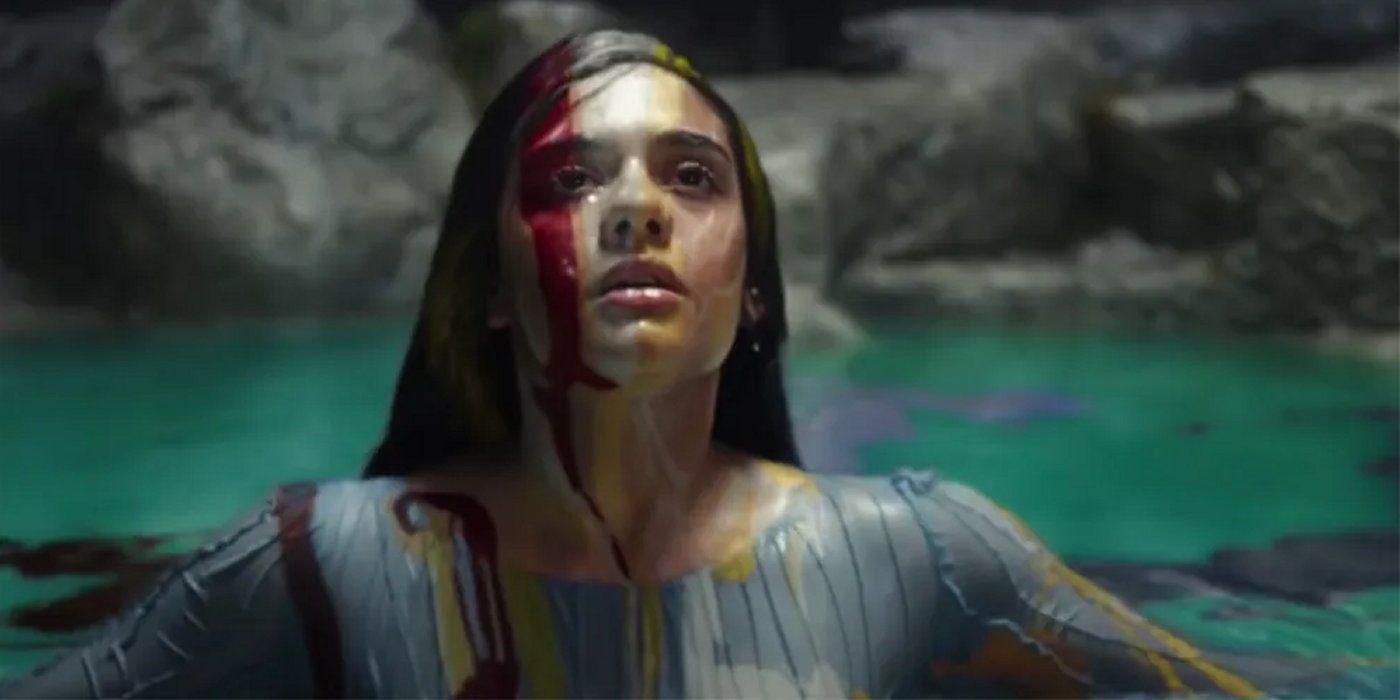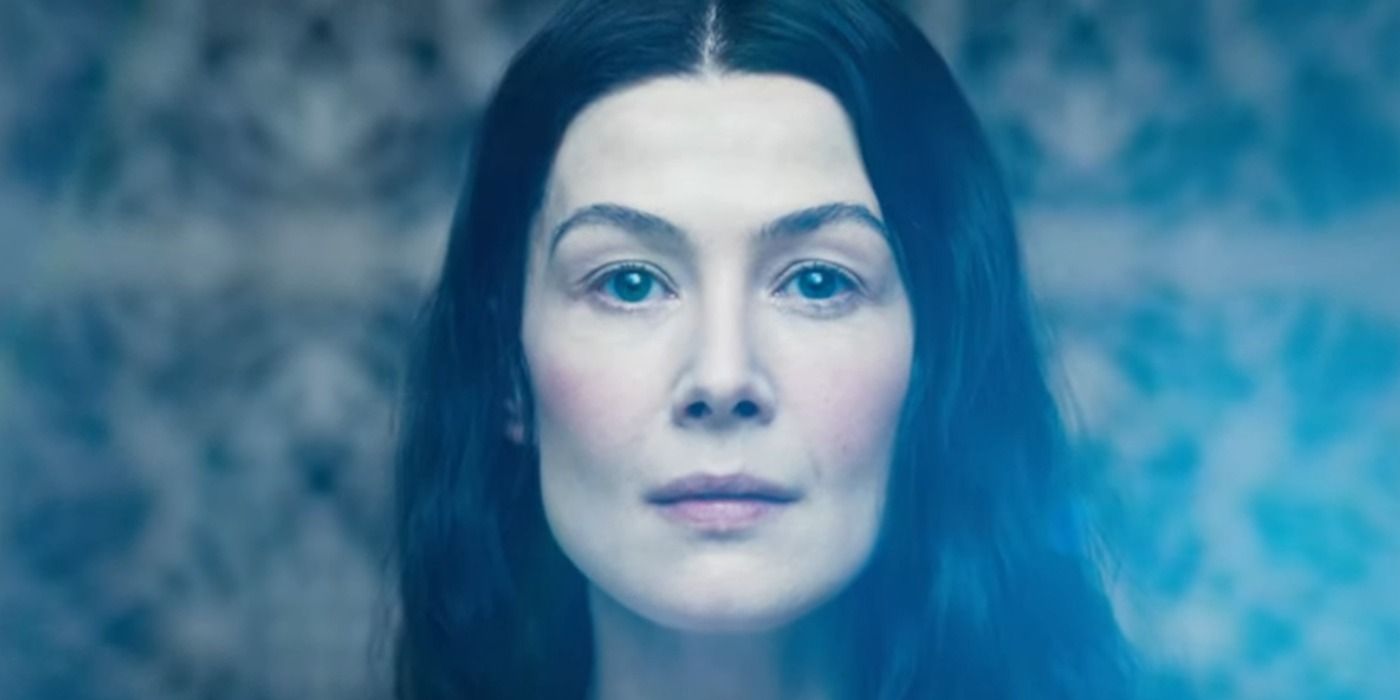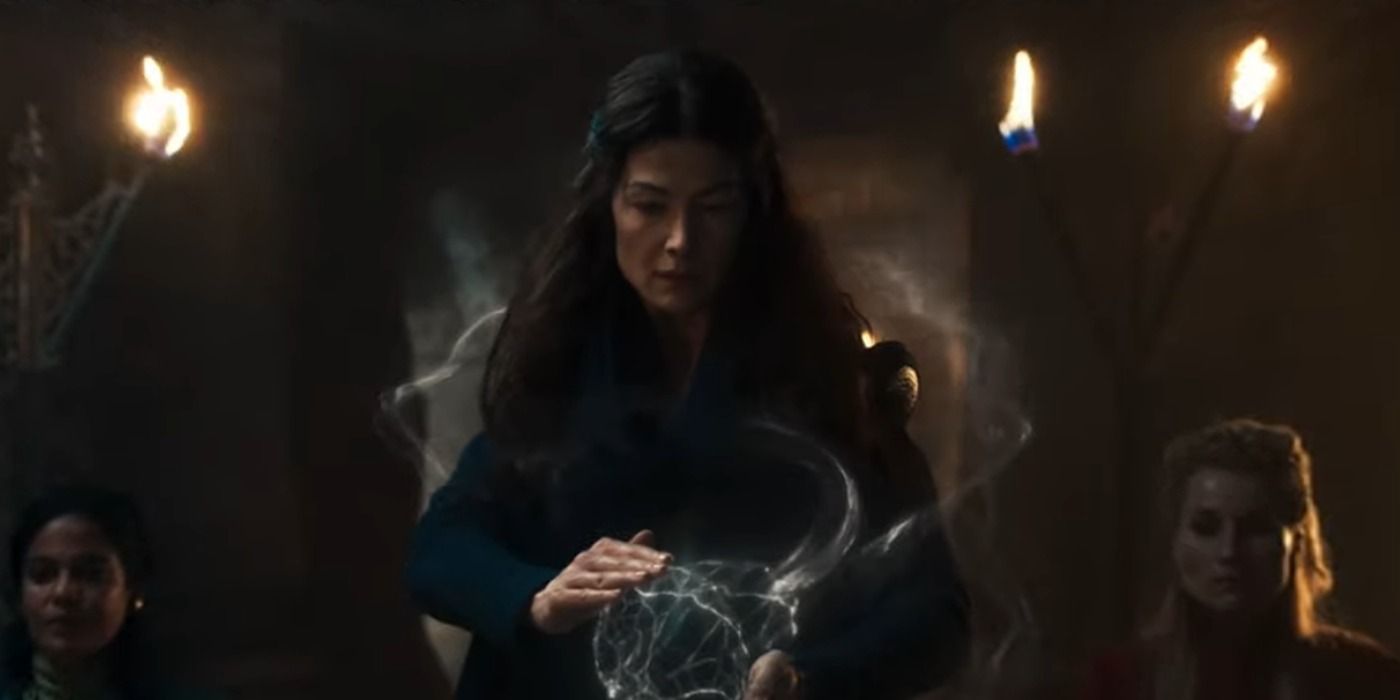
There is a common problem faced by remakes and adaptations of fantasy books and other properties, but some updates to Amazon’s The Wheel of Time TV series look set to fix this issue. The new series is based on Robert Jordan’s Wheel of Time novels which started publication in 1990. The series was finished by Brandon Sanderson in 2013 after Robert Jordan’s death in 2007. While the series has a huge following, it has some acknowledged flaws when it comes to certain types of diversity and how the world is structured.
The Wheel of Time is by no means alone when it comes to fantasy and science fiction properties, even relatively recent ones, that exhibit cultural blind spots in how their fantasy worlds are structured around issues of race, gender, sexuality, etc. Recently the adaptation of Y: The Last Man struggled, as the original source material was built upon a sense of gender that excludes many people that mainstream culture is now better aware of. Even a work that attempts to deal with these issues carefully, such as Ursula Le Guin’s 1969 novel The Left Hand of Darkness can run into issues with how things are presented, and, in this particular case, led Le Guin to go back and write two versions of an essay (entitled “Is Gender Necessary?") elaborating on how she would change the book if she wrote it again.
The particular case at issue in The Wheel of Time relates to gender. Robert Jordan was a cis man with a binary understanding of gender combined with notions of gender essentialism, both of which are apparent in his work. The showrunners, who have worked with Brandon Sanderson on the series, are making some small, yet important changes to the source material in a way that opens up opportunities to avoid these issues becoming problems. Here are the changes that are hinted at by The Wheel of Time trailer and what they could mean for the show.

In the first book of Robert Jordan’s Wheel of Time series, The Eye of the World, Moiraine Damodred and her Warder, Lan Mandragoran, arrive in the Two Rivers in search of the Dragon Reborn. The Dragon is prophesized to be the one person who can provide the hope of success in the Last Battle against the Dark One. In the book, Moiraine knows that, based on their dates of birth, the person she is looking for should be one of three boys from the Two Rivers: Rand al’Thor, Matrim Cauthon, or Perrin Aybara. While she is not sure which one it could be, she notes that all three of the boys are “ta’veren,” meaning that they hold an important role in the Pattern of time and their presence and actions are liable to change the behavior of those around them to enable seemingly random chance to move them on their destiny to take part in larger world events.
The Wheel of Time trailer shows Moiraine saying that she is now looking for one of five people, rather than three, who is able to stand against the Dark One. This potentially means that both Egwene and Nynaeve are included in the possibilities for who can face the Dark One. While the identity of the Dragon Reborn is unlikely to have changed from The Wheel of Time books, this small change means that may not be only the male characters who are acknowledged as having an important destiny woven into the Pattern. In Robert Jordan’s books, Moiraine can tell that Rand, Mat, and Perrin are ta’veren from her observations of them, so the fact that she includes Egwene and Nynaeve in her possibilities implies that the series may explicitly define these female characters as ta’veren, moving away from focusing on the central male protagonists and giving greater significance to the important journeys that Egwene and Nynaeve each take.

After the Breaking of the World in Robert Jordan’s Wheel of Time books, long before the events of the books take place, the Aes Sedai (who are all female at this point) swear three magically binding oaths. The first binds them to never say a word that is not true (a rule that they work hard to circumvent with careful omissions and implications). The second prevents them from using the One Power (The Wheel of Time’s name for magic) to make a weapon with which “one man may kill another.” The third oath states that they may only use the One Power as a weapon against servants of the Dark One (Darkfriends) or Shadowspawn unless it is the final option in a matter of defending “her life, the life of her Warder, or another Aes Sedai.”
The trailer for The Wheel of Time opens with Moiraine reciting these three oaths, bound by the One Power, and some subtle changes show the further move from gender essentialism. In the second oath, The Wheel of Time TV series drops the use of the male default (the use of male pronouns for everybody in a way that assumes that men are the most important) by changing the wording to “one person may kill another.” This acknowledges the importance and power of women in this world and also avoids the possibility of a loophole where an Aes Sedai could make a weapon intended for women to kill people. The Wheel of Time trailer also cuts the third oath short to simply be “Never to use the One Power as a weapon.” This is likely an editing choice for The Wheel of Time trailer and the full oath might be included in the series. However, removing the final part of it removes the gendered language that often appears in explanations of the third oath in a similar way to the second oath.

The fact that the showrunners have been willing to make these changes from the source material suggests that The Wheel of Time might also make some changes to the way that the magic system works. In Robert Jordan’s Wheel of Time, a large part of the magic system is almost entirely defined by a binary concept of gender. Women can draw on one half of the One Power, "saidar," while men can draw on the other half, "saidin." This poses some obvious problems for how the magic system would work for trans and non-binary individuals in the world of the Wheel of Time.
One character, Min, serves as one of Rand’s love interests in the book and could open the series up to non-binary representation. She uses a different sort of magic that is not properly understood by the Aes Sedai and might not be tied to gender in the same way. Robert Jordan’s Wheel of Time books portray Min as being somewhat androgynous and bucking a lot of traditional gender stereotypes for the world in how she dresses, acts, and approaches the world in general. Making Min non-binary in Amazon’s The Wheel of Time would allow for some great non-binary representation while also exploring how trans and non-binary people might interact with the One Power if they had been more fully considered in Robert Jordan’s Wheel of Time books.
from ScreenRant - Feed https://ift.tt/3nK0eML


0 Comments